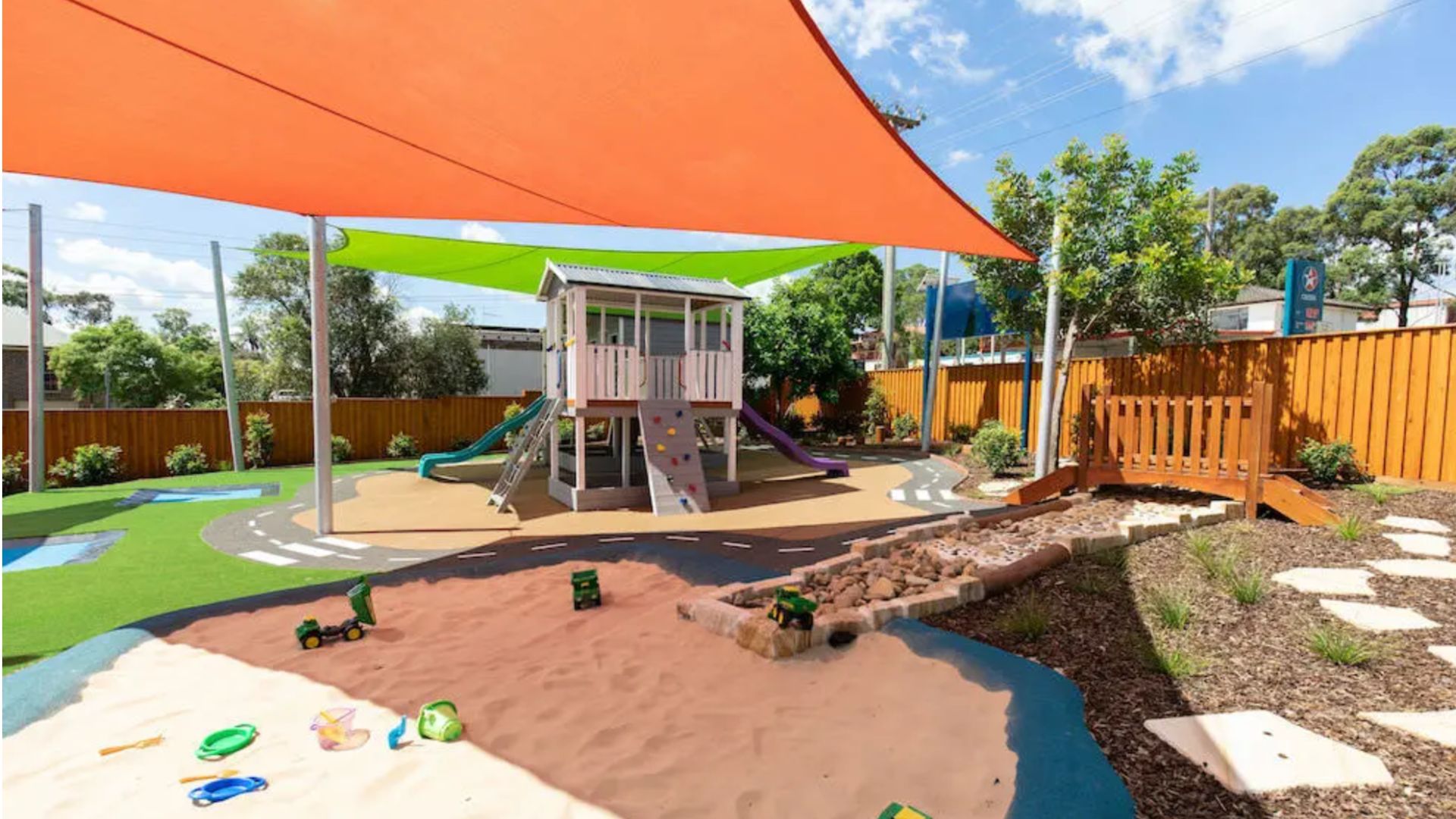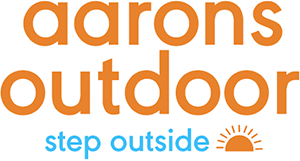
Keeping children safe should be the top priority for any childcare centre owner. The playground is one of the areas where injuries are most likely to occur if proper precautions are not taken. As a childcare centre owner, you must ensure your outdoor play areas are designed and maintained with safety in mind.
This blog post will provide an in-depth guide on assessing your playground equipment, surfacing, layout, and supervision procedures to minimise the risk of injuries. We will cover conducting routine inspections, following equipment installation and maintenance guidelines, choosing appropriate surface materials, setting up age-appropriate play zones, and training staff on proper supervision techniques.
By being proactive about playground safety, you can prevent many common accidents and create an environment where only one child or a small group of younger children can play freely under watchful care. This protects both the children and your business. Investing in age-appropriate play equipment and teaching children about active but sensible play can help keep them safe and prevent a sick or injured child.
Investing in playground safety measures is essential for any childcare facility committed to keeping kids out of harm’s way. Use this guide to learn practical steps you can implement right away to improve safety in your playground area. The well-being of the children in your care depends on it.
Choosing Appropriate Surfaces
The surfacing under and around playground equipment is crucial for injury prevention. Loose materials like wood chips, mulch, shredded rubber or pea gravel are optimal for absorbing impact and cushioning falls.
The surfacing should be 6 inches deep under stationary equipment and 9 inches deep under swings and slides. Rubber mats or synthetic turf can also work for surfacing, provided they are placed over a shock-absorbing underlay.

Concrete, asphalt, grass, and bare dirt are unacceptable playground surfaces because they lack shock absorption. Surfacing should extend 6 feet past equipment so children have a soft landing zone.
Regular maintenance and raking or levelling of loose surfacing are key to maintaining proper depth and consistency. Choosing an appropriate, shock-absorbing surfacing and maintaining it properly reduces the risk of broken bones, head injuries, and other injuries from falls. Investing in proper surfacing is essential to maximise playground safety.
Equipment Design and Layout
The design, setup, and spacing of playground equipment impact safety. Equipment meant for preschoolers should be separate from structures designed for older children to prevent injuries from bigger kids playing too roughly.

There should be at least 6 feet of space between equipment to prevent collisions. Open layouts allow better supervision than crowded areas. Equipment should not have sharp edges, toxic paints, protruding bolts, loose fasteners, or anything that could catch on clothing.
Platforms over 18 inches high should have guardrails to prevent falls. Moving equipment like swings and merry-go-rounds should be located away from the activity centre.
Sturdy construction and proper anchoring according to manufacturer specifications help prevent tip-overs and other hazards. Weight limits should be labelled on equipment and enforced.
Equipment Upkeep
Regular inspection and maintenance of playground equipment is crucial for safety. Equipment should be checked before and after use each day for any hazards or damage that needs immediate attention. A comprehensive monthly equipment inspection should document conditions and identify anything needing repair.
Bolts should be tightened, and protective caps and coverings should be checked to ensure they are secure. Bearings on moving parts need lubrication. Paint should be touched up where worn to prevent rust. Platforms and railings must remain sturdy and anchored. Protrusions, sharp edges, and points should be sanded down or removed. Older equipment that can no longer be maintained properly may need replacement.
Follow the manufacturer’s instructions for upkeep and keep detailed maintenance logs. Promptly repairing or removing unsafe equipment prevents injuries. Involving staff in inspections promotes vigilance. Investing in ongoing equipment upkeep is vital for sustaining safe playground conditions that allow children to play independently and use their imagination while protecting them.
Creating safe play areas and regularly checking playground equipment are essential to protect children from harm. This helps facilitate active and imaginative play without putting their well-being at risk. Whether routine maintenance or necessary repair work, a proactive approach to equipment care is crucial for a childcare centre.

Rules and Awareness
Clear rules and policies around playground supervision and use are essential for safety. The playground should have posted rules about the number of children allowed on equipment at once, no pushing or shoving, waiting for turns, and getting adult help for problems.
Rules should be explained in age-appropriate ways. Staff need training on proper positioning while supervising and recognising unsafe conditions. Adequate caregiver-to-child ratios should be maintained outside to manage children effectively.
Regular safety drills can increase awareness. Caregivers should have basic first-aid knowledge and conduct head counts often. Children can be included in discussions about playground safety to build understanding within the childcare program.
Clear guidelines, training, and open communication equip staff and children to exercise caution, use age-appropriate equipment properly, and look out for one another. Promoting safety awareness creates an environment where children can develop physically while playing freely and minimises risk.
Supervision
Attentive supervision is crucial in preventing playground injuries. Staff should actively watch children, avoiding distractions like phones. Caregivers should circulate the entire playground to keep all areas within sight.
Position staff near high-risk areas like swings, climbers, and slides. Maintain state-mandated caregiver-to-child ratios outside and adjust levels for age groups. Scan for safety hazards frequently.
Enforce rules consistently using positive reinforcement. Model safe behaviours and assist children who need help. Listen for signs of potential conflict. Ensure children leave the playground only with authorised adults.
Conduct regular head counts and have children buddy up. Train staff on scanning, anticipating problems, and using positive behaviour management strategies. Clear guidelines, positioning, and training enable proactive supervision that minimises risks during outdoor play in childcare environments.
Keep Playtime Fun and Injury-Free with a Focus on Safety
Keeping children safe on the playground takes vigilance, but it is essential for any childcare facility. By following the guidance in this article on the appropriate surfacing, equipment design and maintenance, supervision, rules, and safety awareness, you can significantly reduce the risk of injuries at your centre. Ensuring you have safe outdoor play spaces shows your commitment to the well-being of the children in your care.

For assistance inspecting your playground, choosing new equipment, or installing safety surfacing, contact the experts at Aaron’s Outdoor. We offer playground inspection, design, installation, and maintenance services using evidence-based safety practices tailored for childcare facilities. Our team of certified playground safety inspectors and landscape professionals can help you provide a playground where kids are free to play and grow while protected from harm. Investing in playground safety is investing in the children you care for daily.
Don’t leave anything up to chance regarding playground safety – contact Aaron’s Outdoor today to discuss how we can partner to create a safer outdoor play environment at your childcare centre. Focusing on prevention will give parents peace of mind and give kids room to enjoy childhood. We are here to help!





